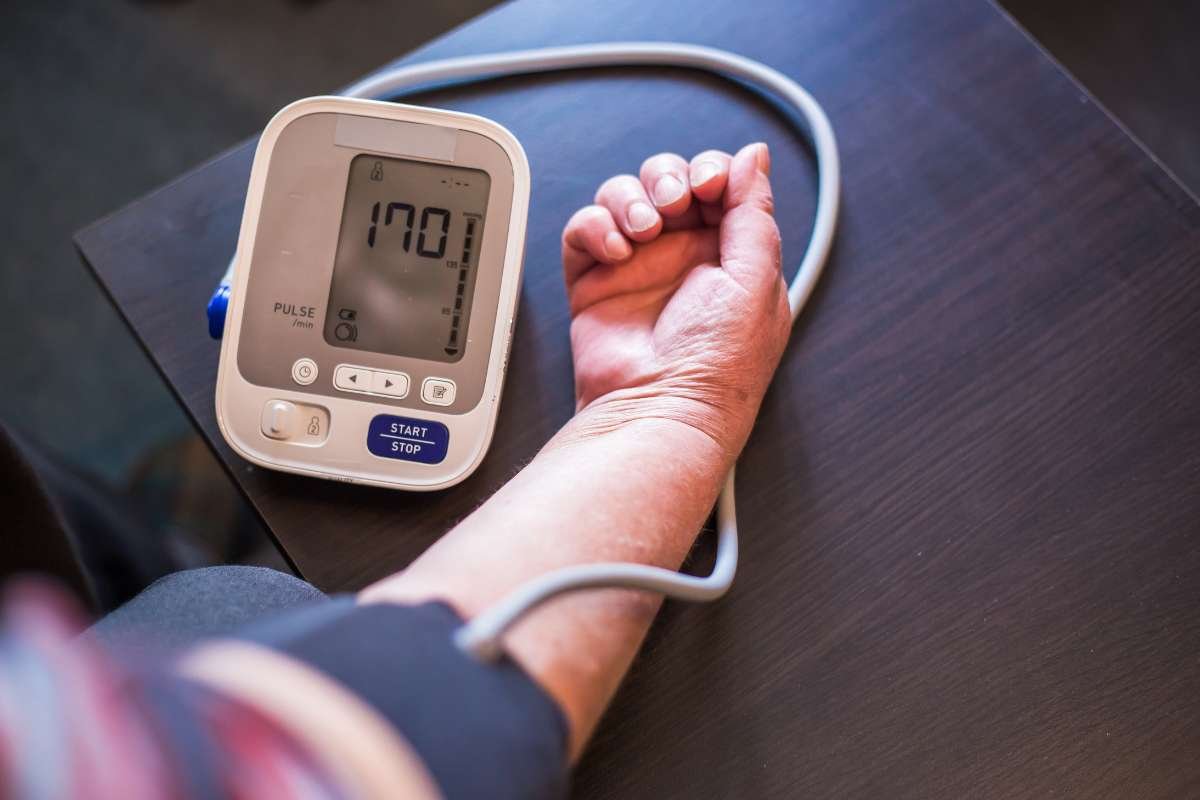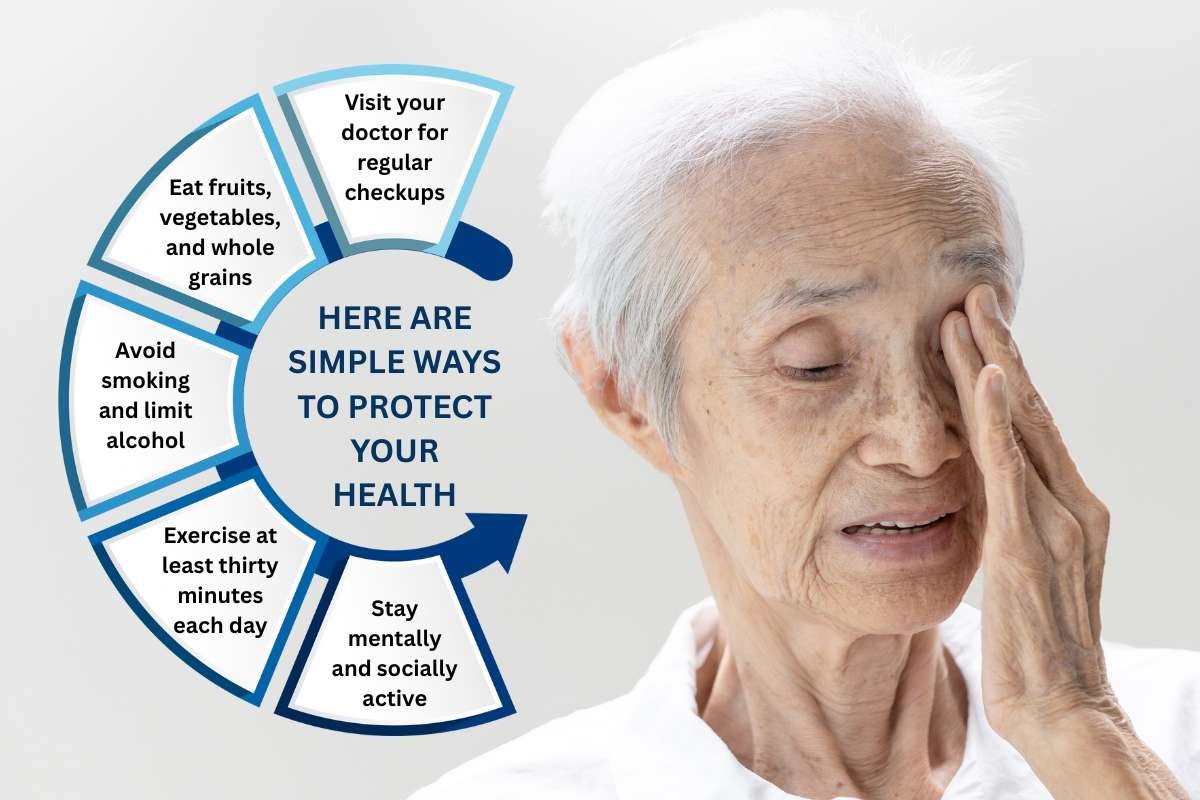Age-related disease is a term used for illnesses that become more common as people grow older. These diseases are not caused by aging alone. However, age increases the risk of developing them. As the body ages, many systems start to function less efficiently. This makes older adults more vulnerable to certain medical conditions.
Doctors and researchers have studied these diseases for many years. They have found that some health problems occur more often in older adults. These are known as age-related diseases. Learning about them can help prevent or manage health issues.
Here are some of the most common age-related diseases:
1. Cardiovascular Disease
Cardiovascular disease is the leading cause of death in older adults. This condition affects the heart and blood vessels. The most common form is coronary artery disease. This disease blocks the arteries that carry blood to the heart. When the arteries become blocked, a heart attack can happen.
High blood pressure and high cholesterol increase the risk of cardiovascular disease. These conditions often appear with age. Regular checkups and a healthy lifestyle can reduce the risk.
2. Cerebrovascular Disease
Cerebrovascular disease includes strokes. A stroke happens when blood stops flowing to a part of the brain. This can damage brain cells very quickly.
There are two types of strokes. The first type is an ischemic stroke. This happens when a blood clot blocks a vessel in the brain. The second type is a hemorrhagic stroke. This happens when a blood vessel bursts and causes bleeding in the brain.
Strokes can cause long-term disability or death. Managing blood pressure and avoiding smoking can lower the risk.
3. High Blood Pressure

High blood pressure is also called hypertension. It means the blood is pushing too hard against the walls of the arteries. This pressure increases with age.
High blood pressure can damage the heart, kidneys, and other organs. It can lead to heart attacks or strokes. Regular exercise, a balanced diet, and stress control can help keep blood pressure at a safe level.
4. Cancer
Cancer is a disease where abnormal cells grow in the body. These cells can form tumors and spread.
Age is one of the biggest risk factors for cancer. More than seventy percent of cancer cases happen in people over fifty-five. Common cancers in older adults include lung, breast, prostate, and colon cancer.
Doctors recommend regular screenings for early detection. A healthy lifestyle can also reduce the risk of cancer.
6. Type 2 Diabetes
Type 2 diabetes is an age-related disease that affects how the body uses sugar. It usually appears after the age of forty-five. This condition leads to high blood sugar levels.
If left untreated, diabetes can cause heart disease, kidney failure, and blindness. Exercise and healthy eating can help prevent or control type 2 diabetes.
7. Parkinson’s Disease
Parkinson’s disease is a disorder of the nervous system. It causes tremors, stiffness, and slow movement. This disease often starts after the age of sixty.
Parkinson’s disease progresses over time. It cannot be cured, but treatment can manage the symptoms. Doctors believe that genetics and exposure to toxins may play a role.
8. Dementia and Alzheimer’s Disease

Dementia is a condition that affects memory, behavior, and thinking. Alzheimer’s disease is the most common type of dementia.
Dementia is not a normal part of aging. However, the risk increases with age. People with dementia may forget things, act differently, or become confused.
Doctors cannot cure dementia. But early diagnosis and care can improve quality of life.
9. Osteoarthritis and Osteoporosis
Osteoarthritis is a joint disease. It causes pain, swelling, and stiffness in the joints. This condition becomes more common with age. It affects women more than men.
Osteoporosis is a condition where bones become weak and brittle. It increases the risk of fractures. It affects older adults, especially women after menopause.
Exercise, calcium-rich foods, and vitamin D can help protect bones and joints.
Are there any Other Age-Related Diseases?
Many other age-related diseases affect older adults. These include chronic obstructive pulmonary disease, cataracts, macular degeneration, and hearing loss.
Chronic obstructive pulmonary disease makes it hard to breathe. It is usually caused by smoking or pollution.
Cataracts and macular degeneration affect vision. These conditions make it hard to see clearly.
Hearing loss becomes more common with age. It can affect communication and daily life.
Each of these conditions has its own treatments and prevention methods. Regular health checkups and healthy habits can reduce the risk of complications.
How to Manage Age-Related Disease?

It is not necessary that these age-related diseases would control your life. Many of these conditions can be managed with proper care.
Here are simple ways to protect your health:
- Visit your doctor for regular checkups
- Eat fruits, vegetables, and whole grains
- Avoid smoking and limit alcohol
- Exercise at least thirty minutes each day
- Stay mentally and socially active
These habits can improve your health and help prevent age-related disease.
Conclusion
These age-related diseases affect millions of people around the world. These conditions become more common as people get older. Some can be prevented. Others can be managed with the right care.
By staying informed and making healthy choices, you can reduce the impact of age-related disease. Always remember that good health is possible at every age.









